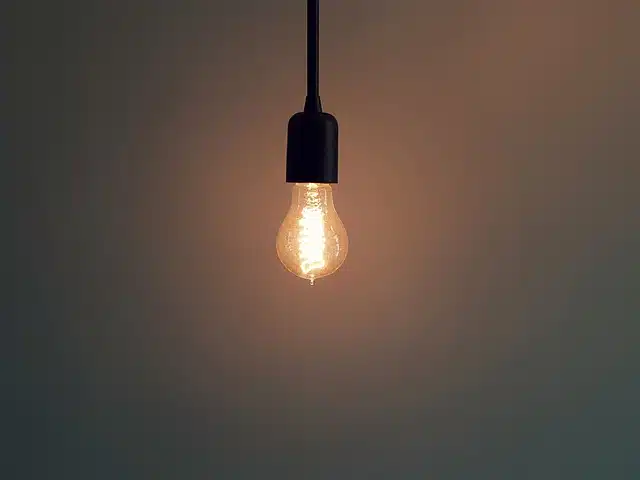
In a series circuit, the output point of one terminal is linked to the input point of the next.
Circuit is a term that has its etymological origin in the Latin word circuĭtus . The concept has several meanings; On this occasion, we are interested in its meaning in the field of electricity .
In this context, a circuit is a system composed of one or more conductors that is crossed by an electric current . Generally, devices that produce or consume the current in question are located in the circuit.
Depending on the configuration of the circuit, it can be classified differently. A series circuit is called a circuit in which the terminals are connected successively, linking the output of one device to the input of the next .
Characteristics of a series circuit
In a series circuit, the output point of one terminal connects to the input point of the next device. Thus, the electric current has only one possible path , successively passing through all the terminals.
This particularity means that the intensity of the current is the same in all the elements, from the first to the last. In other words: each of the terminals receives the same amount of current with the same intensity.
If the terminal resistances are added, the total resistance of the series circuit is obtained. In case of adding terminals, the resistance of the circuit increases. The voltage , in this context, is distributed among all the resistors.

The operation of a lamp is usually carried out with a series circuit.
Its components
The components of electrical circuits are usually always the same. What changes is the arrangement : as we already indicated, in series circuits there is a successive connection.
Broadly speaking, a series circuit has an electrical source that provides the energy ; one or more conductors , which make the flow of electricity possible; and the terminals that receive the current and are generally responsible for transforming it.
Series Circuit Examples
Many everyday devices use series circuits for their operation. Refrigerators , for example, have a compressor and a temperature control switch connected in series: when the temperature rises beyond a set limit, the switch turns on the compressor to achieve cooling. Once the desired temperature is reached, the switch orders the compressor to turn off.
A lamp , likewise, usually works with a series circuit. The current goes from the outlet to the switch, reaches the light bulb, and returns to the outlet. It is the switch that enables or prevents the journey.
At a general level, the series circuit provides benefits and has disadvantages. By enabling the addition of voltage, it makes the accumulation of power viable, to mention a plus point. However, since the current has only one possible path, a failure in one terminal cancels all circulation.
Other configurations provide a different picture. Just as in the series circuit the current is identical in all the components and the voltage is divided, in a parallel circuit the current is divided and the voltage is equal in the components .
